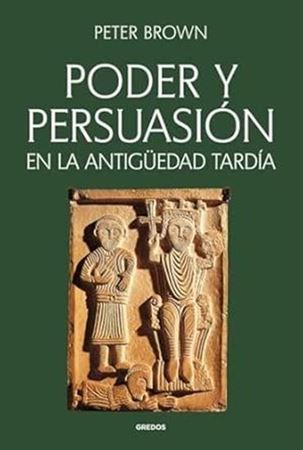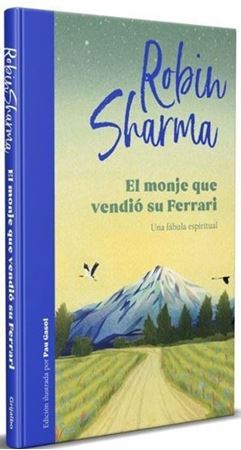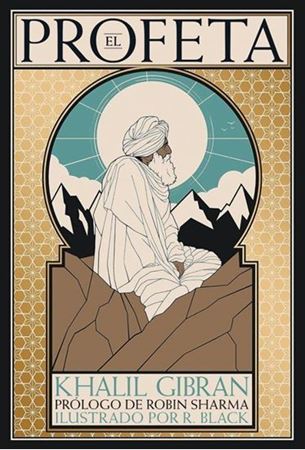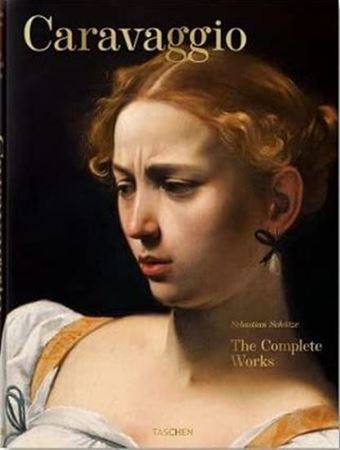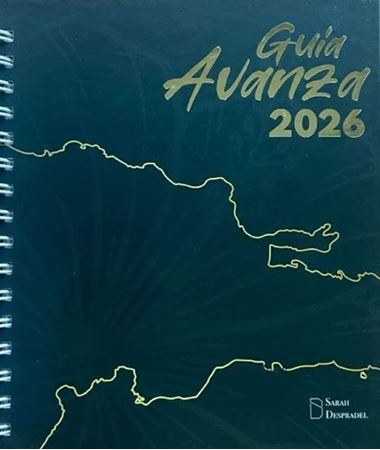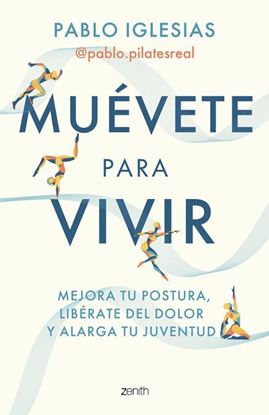

NOVEDADES
CONFUNDIDAS, INDECISAS, PROMISCUAS
Confundidas, indecisas, promiscuas es una exploración audaz y profunda de la bisexualidad en un mundo que insiste en encasillar el deseo y la identidad dentro de etiquetas rígidas. Con gran destreza narrativa, Daniel Valero confronta el monosexismo y las barreras que dificultan la visibilidad de las personas bisexuales y defiende esta orientación como una identidad fluida, válida y transformadora.
Valero combina sus experiencias personales con un análisis social para desvelar cómo la bisexualidad ha sido sistemáticamente invisibilizada y malinterpretada. En este poderoso testimonio de resistencia y autoafirmación que nos descubre la bisexualidad como una identidad política con el potencial de romper las normas impuestas por el sistema sexo-género, ahondaremos en temas como el borrado bisexual, la bifobia interiorizada y la lucha por la visibilidad.
En un contexto en el que la conversación sobre diversidad sexual es más relevante que nunca, Confundidas, indecisas, promiscuas se presenta como una obra imprescindible para quienes buscan entender mejor la bisexualidad y para quienes desean desafiar los estereotipos que persisten.
1,450
1,088
MUEVETE PARA VIVIR
En esta guía revolucionaria, Pablo Iglesias presenta el Método R-Evolución Postural, una estrategia sencilla y adaptable basada en tres pilares: Reconocer, Reacondicionar y Reconstruir. Este plan de acción diario, con ejercicios breves de tan solo 15 minutos, transformará tu sistema muscular, digestivo, circulatorio y linfático, mejorando tu estado de ánimo y niveles de energía. Además, aprenderás a evitar los malos hábitos posturales, a adoptar una alimentación adecuada y a eliminar la tensión emocional, todo ello con soluciones prácticas, fáciles y altamente efectivas.
1,350
1,013
CUIDA TU MICROBIOTA
Las claves para el cuidado de la microbiota de tu cuerpo.
¿Sabías que el omeprazol, uno de los medicamentos más usados, no es un protector como tal, y que su uso indiscriminado puede provocar un importante desequilibrio en la microbiota debido a la reducción de la secreción de ácido gástrico, situación que provoca el sobrecrecimiento de bacterias proinflamatorias?
Hablamos de microbiota para referirnos a lo que hasta hace unos años llamábamos flora intestinal y para hacer referencia al reino vegetal de nuestro intestino, cuando en realidad lo que lo habita son «pequeños animalillos haciendo de las suyas».
1,450
1,088


